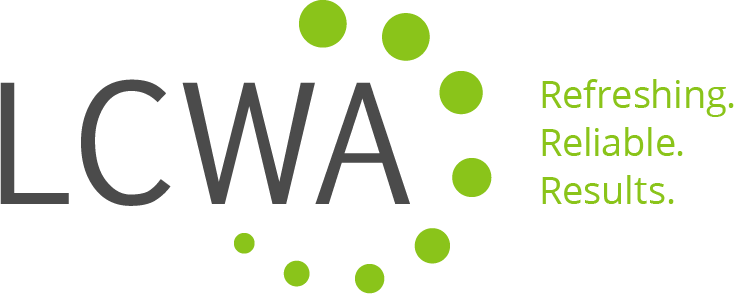March 18, 2019
Over the last five years, I have been honored to be a part of the National Healthy Sleep Awareness project. The project was a collaboration between our client, the American Academy of Sleep Medicine (AASM), the Center for Disease Control (CDC) and the Sleep Research Foundation (SRS). This project has included multiple public awareness campaigns to help elevate the awareness and priority placed on healthy sleep.
Our campaigns have included “Stop the Snore,” which pushed more patients at-risk for obstructive sleep apnea to seek treatment; “Awake at the Wheel,” which focused on preventing the dangerous but overlooked habit of driving while drowsy, and “Sleep Recharges You,” which aimed to increase the number of high school students getting the recommended sleep each night.
We have learned a lot from these campaigns, and had the opportunity to present our learnings to the attendees at the PRSA Health Academy Conference in Washington D.C. While it’s difficult to synthesize five years of work into five tips – here are some high-level lessons:
- Narrow the Scope. Aiming messages at broad audiences makes it harder for anything to stick to anyone. Try to segment out audience groups into the smallest groups possible, so that you can develop messages that resonate with each of them specifically. Instead of talking to “anyone who sleeps,” we were much more successful when we aimed at specific groups of people, such as:
- Individuals with diabetes
- Teen athletes
- Shift workers
- Parents of elementary school students aged 8-12
- Measure Actions, Not Behavior. Many health campaigns have far-reaching objectives that can only be measured in big chunks of time. While working toward these big goals – such as increasing the number of patients seeking care for obstructive sleep apnea, or decreasing traffic accidents caused by drowsy driving – we found other actions to measure to indicate we were on the right path during the short terms. Our most successful campaigns used measurements like online tools, pledges or calculators; event participation; downloads of information; referrals to physicians or health centers.
- Create News. New research is a must when working with health care-focused media. If you don’t have a new study or newsworthy findings, create other reasons to focus on your story. The National Healthy Sleep Awareness Campaign included two consensus panels focused on healthy sleep duration recommendations – one for patients, one for those up to age 18. These panels allowed us to make specific duration recommendations by age, and secure the news coverage of those recommendations. We also issued position statements on controversial issues and jumped on news of the day to drive coverage in the absence of scientific research.
- Empower Others to Tell Your Story. Every audience segment has individual influencers that matter to them. For teens it’s not just parents, coaches and teachers – but other teens themselves. Moms listen to other moms. Find the influencers that matter to your audience and give them the tools needed to spread your messages. Associations are a great way to reach professional audiences. Work with those who have a captive, engaged audience to get the word out. Collaboration with another group doubles your reach and is always better than going it alone!
- Take Messages Directly to Audiences. Digital marketing has changed the game in terms of making it easy and accessible to reach the exact audience members who need to hear your healthcare messages. Use social and digital marketing to reach the exact people you want, with the exact message they need. Between sponsored and boosted posts on Facebook and Instagram, targeted posts by job title on LinkedIn, or search and data-driven ads reaching just the right people at just the right time, today’s digital tools help drill down to the individual and ensure your messages are seen – and calls-to-action are understood.
